Installing OMB on a Windows tablet
For live performance a tablet provides the best interface. It's touch screen in combination with the Live window in touch-screen mode garantees swift interactions. All the buttons are labeled with there current action and you don't have to look at the screen to find the action and then look at the keyboard to find the corresponding key. A tablet fits well on the musicstand of your piano or synthesizer. It is easy to take with you when you perform outside your house.
The only tablets that OMB runs on are Windows tablets. These are not very popular at the moment because there are not as many apps for them as there are for the iPad or Android. But beside Windows tablet apps you can also run Windows desktop software on them like OMB. If you don't have a Windows tablet now that doesn't have to be a problem because they are amazingly cheap. You can order one in China for USD 80 or buy one second hand for less than USD 40. I bought a second hand Pipo W7 for 36,50 euro including shipping (38 USD at that moment). With a 7 inch screen and 1GB + 16GB it is as low as you can go, but it does the job really well. At least with OMB, if you intend to use purchased software synthesizers then you need to check the hardware requirements for those products. Problems have been reported that the HP Stream 7 tablet produces audio noise. That will be a problem if you use the jmSynth or Microsoft synt in OMB, but not if you connect it to an external synth like the one in your piano. Also be aware that 7 inch tablets that ship with Windows 10 will not run desktop software like OMB. In Windows 10 the tablet size needs to be at least 8 inch. 7 inch tablets that shipped with Windows 8 will run the desktop even after upgrading to Windows 10. But if you buy a tablet in a box that says 7 inch and Windows 10 then it will not do the job.
The desktop icons and menus and listitems are very smal on tablets so first change the system DPI scale from 100% to 150% to make everything look larger.
In Windows 8, tap and hold the desktop and select "Screen resolution". Then select "Make text and other items larger or smaller. Then select "Custom sizing options" and select 150%. Now press the "Apply" button.
In Windows 10, tap and hold the desktop and select "Display settings". Tap on "Display" and drag the slider under "Change the size of text. apps and other items" to 150%. Now press the "Apply" button.
Download and install TouchMousePointer. Set it to Full screen mode. You can activate and deactivate it from the taskbar just like the virtual keyboard and swipe a mouse pointer over the screen. It will help you when some items, even at 150%, are hard to hit. I found it very difficult to select a MIDI In device in OMB's preference window with my finger. You can also use the virtual mouse to hoover over the buttons and controls in OMB and watch the popup info of their function.
Download the OMB demo and install it. Connect the tablet with your MIDI keyboard. You need an OTG USB to female micro USB adapter and an USB cable (if your MIDI keyboard has an USB connection) or a MIDI interface cable with DIN plugs if your MIDI keyboard has the round DIN connectors for MIDI In and MIDI Out. If you also want to be able to connect a mouse and a keyboard then you will need an USB hub (splitter) as well. To connect a monitor and make it a complete desktop PC you need a micro HDMI adapter, a HDMI cable or maybe a HDMI to VGA convertor. For Live performance you just need the MIDI connection.
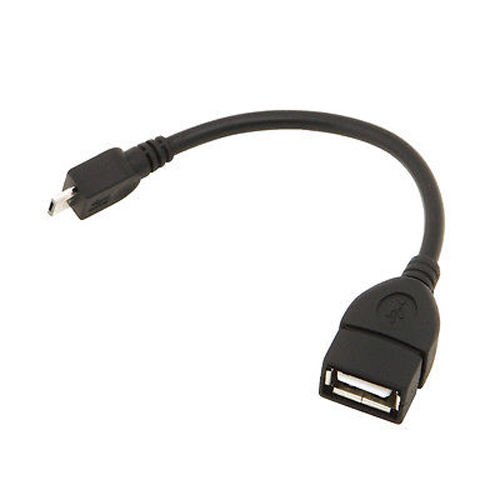
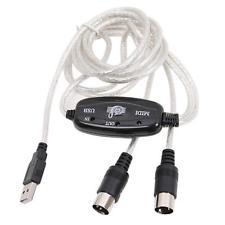
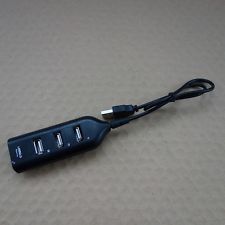
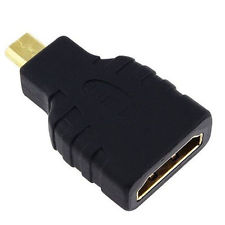
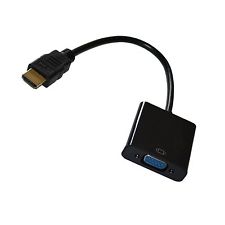
Start OMB and go to menu File->Preferences. If you are not able to see the lower part of the window, then place the tablet vertical and watch the window in portrait mode. In the Live Control tab, change "MIDI keyboard controller" to "Touch screen" and select "6*13" buttons. In the MIDI ports tab, select the MIDI In and MIDI Out. Pres the Exit button and go back from portrait to landscape. Go to the Live Window and maximize the screen. Tap and hold on any of the buttons in the lower half of the screen, a list with actions will appear. You can customise the buttons by assigning actions to them. If you assign a Preset the lower part of the window is not visible until you turn to portrait mode. (Assuming a 1280*800 pixels tablet)
There is one window that needs special treatment, the Multi-Voices window. The lower options in the window are covered by the taskbar and after switching to portrait mode the left part of the window is gone. Trying to hide the taskbar is not an option in Windows tablets, it doesn't work well. A workaround is to close all the windows in OMB and close the Multi-Voices as last. Then start OMB again so that the Multi-Voices window shows up first. Now the taskbar is gone as long as the Multi-Voices window is showing and you have access to the options at the bottom.
A Windows tablet is the number one choice for Live performance, but most of the other functions in OMB are well operable with a touch screen with one exception, the Staff window. In the Staff window you can view the notes but if you want to edit them there, you really need to connect a mouse. Also for operations in the Piano Roll window a mouse is desired but you will be able to some work with the TouchMousePointer. Editing notes and other events in the Eventlist window is the prefered method for a tablet without a mouse. In the Sequencer window you may be able to drag the volume buttons up and down with your finger but I would use the TouchMousePointer instead. The piano keyboard display on the bottom of the screen can only be operated with a connected mouse or keyboard. When you drag sliders be aware that the correct procedure is double tap and drag (without pause). Single tap and drag sometimes works but not always. On the other hand resizing windows only works with single tap and drag.